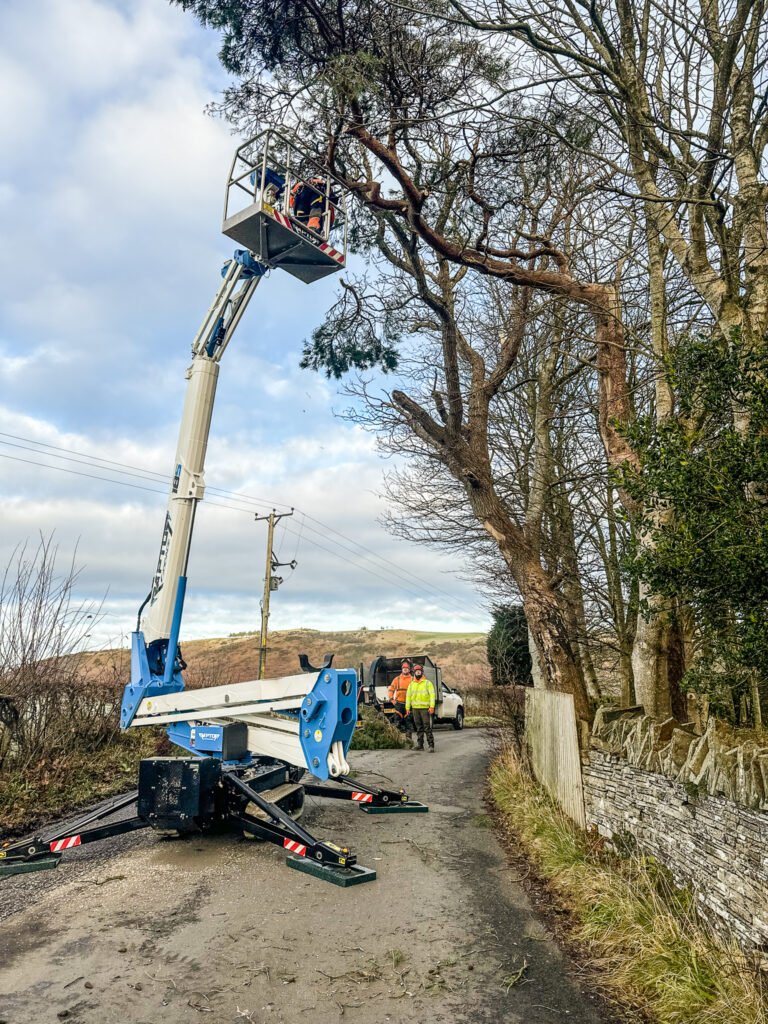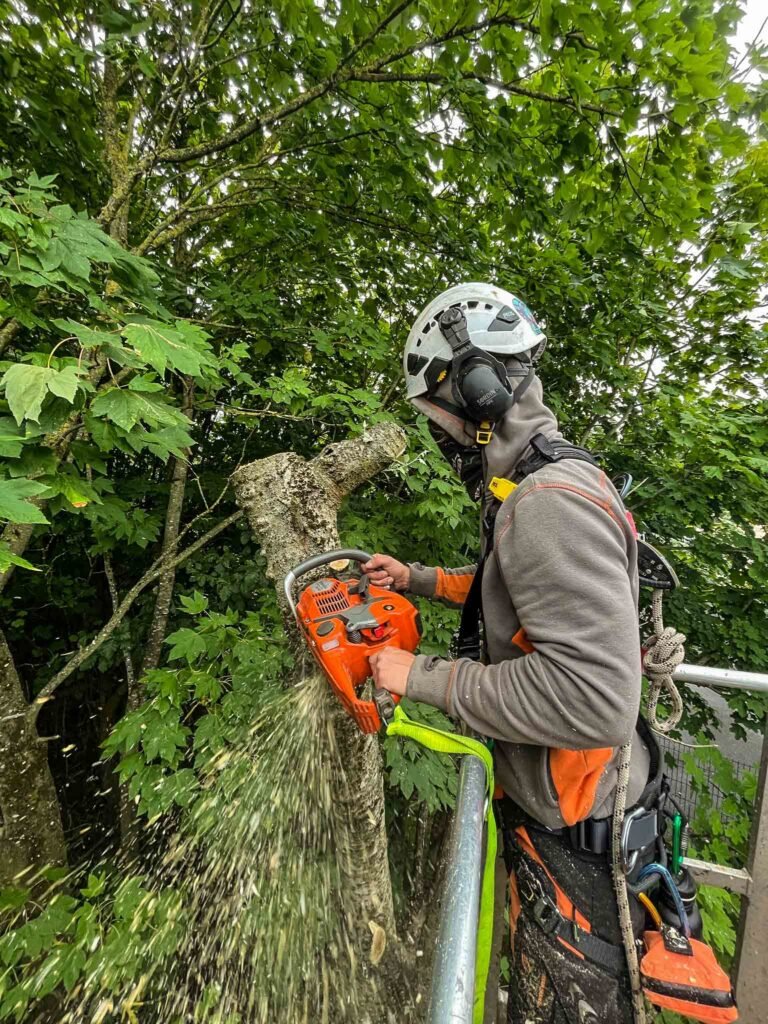Pruning can seem a little daunting, with what appears to be a dazzling array of rules for various plant types requiring different pruning styles at alternative times of the year.
To help, we have started a season by season blog series just on pruning!
So here’s a few tips to bear in mind:
- Hardy trees, shrubs and fruit bushes can be cut back during frost-free weather. This is a great way to maintain your trees at a manageable height and help keep disease at bay.
- Firstly remove any dead, diseased or damaged wood. Pruning back to the branch collar to allow the tree or shrub to heal.
- Secondly look to maintain an open crown removing inward growing branches. You may need to do this in sections to avoid tearing.
- Fruit trees – apples and pears can be pruned back to maintain their size and accessibility to the fruit. This involves taking out some of the stronger upright growth, while maintaining the more outwards growing branches. This is also a great way to improve the size of your fruit.
- Summer-flowering shrubs, such as buddleia, Hydrangea paniculata and lavatera can be cut back hard in late winter, just before they start into growth in the spring
- This time of year is also your last chance to cut back woody plants prone to ‘bleeding’ sap if pruned too late – such as birches and walnuts.
- The dead stems of herbaceous perennials can be cut back at the end of winter to tidy beds and make way for new spring shoots.



